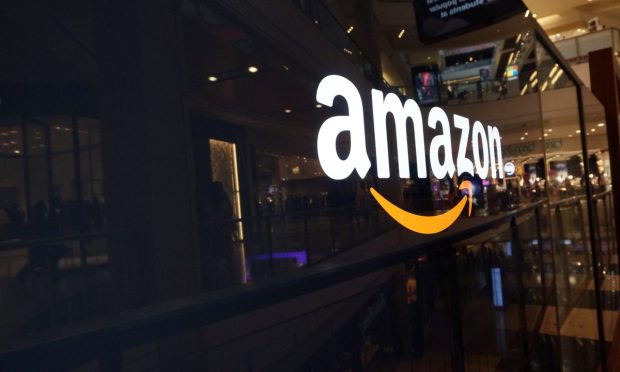Amazon vs Walmart Weekly: Amid Economic Turbulence, Retailers Turn to Tech

By most measures, Amazon and Walmart’s latest response to the economic crisis seems logical, if not inevitable.
This, as the top two retailers both rolled out a raft of high-tech solutions this week aimed at finding new efficiencies and savings in the face of sharply higher costs for fuel, freight and wages and pretty much everything else that keeps their machines moving at speed.
On the one hand, the scale and scope of customer-facing fixes — such as price increases — requires ongoing daily analysis and measured adjustment to reflect myriad market forces that are constantly changing.
On the other hand, however, the inward-facing solutions that these two giants are deploying to cut internal costs have a much longer ramp-up time but will deliver financial impacts and time-saving tasks for years to come — presumably long after the current economic storm has died down and moved out to sea.
Where the cost of human capital is rising and the supply of willing and able workers is falling, the decision to spend time and money on new digital and mechanical alternatives is understandable — especially for deep-pocketed multinational corporations that have the capital and clout needed to make such investments.
“With our scale, Amazon is committed to investing in companies that will ignite innovation in emerging technologies that can help improve employee experiences and safety while seamlessly coexisting with workforces across the supply chain, logistics and other industries,” Alex Ceballos Encarnacion, Amazon’s vice president of worldwide corporate development, said of the retailer’s April launch of its $1 billion Industrial Innovation fund.
“As customers increasingly shop online and look for even faster delivery, Amazon continues to invent new ways to raise the bar on customer and employee experience,” he added, while noting the goal of “incrementally increasing delivery speed.”
The Turn to Tech
It’s a concept — and response — that was echoed this week as Walmart announced that it was “using tech to go the extra mile” as it unveiled a new onboard technology partnership with Platform Science that will improve visibility, communications and retention within its fleet of over 12,000 truck drivers.
“Every Walmart Private Fleet cab is now equipped with an intuitive, interactive tablet device that fully integrates with NTransit, a driver workflow application developed by Walmart’s product and technology teams,” Walmart Vice President, Innovation and Automation Product Scott Donahue said in a blog post that pointed to benefits for employees, customers and the bottom line.
“This customized onboard computer system provides private fleet drivers with a world-class technology experience, the business with real-time visibility and our customers with what they want, where and when they want it,” Donahue said.
A Walk on MARS
Also on the need for speed front, at its reMARS event this week (which stands for Machine learning, Automation, Robotics and Space), Amazon Vice President of Physical Retail and Technology Dilip Kumar provided a progress report on the company’s 10-year journey to perfect and scale the contactless, cashierless shopping and checkout experience.
In a blog post summarizing the company’s three-pronged suite of solutions, which include Amazon One palm scanning tech, Dash Carts and the Just Walk Out payment product, the eCommerce leader outlined all the ways its engineers and data scientists were moving to make the physical retail experience faster, more convenient and fun.
“As my team continues to build and scale new technology services, the hardest part is ensuring that the technology recedes into the background, so when customers come in to shop, it’s a seamless and magical experience,” Kumar said, as he described Amazon’s ongoing array of inventions, including sensors, optics and machine vision algorithms.
The point, he said, is to not only make the payment systems more accessible, but to also make them more affordable — in their own stores as well as in a growing mix of third-party locations such as airport convenience stores and stadiums.
“As a result, we’ve reduced the number of cameras required in Just Walk Out technology-enabled stores to make them more cost-effective, smaller and capable of running deep networks locally,” Kumar said.
The bottom line in this uncertain time is that whether it’s in a warehouse, on the road or in a store, the embrace of tech as a problem solver is alive and well at Amazon and Walmart.
